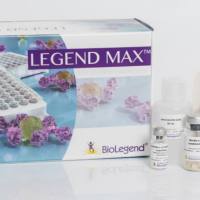Learning and Memory Mechanisms Involved in Compulsive Drug Use and Relapse
互联网
互联网
相关产品推荐

Recombinant-Synechocystis-sp-Drug-sensory-protein-AdspADrug sensory protein A EC= 2.7.13.3
¥14672

PLEKHF2/PLEKHF2蛋白Recombinant Human Pleckstrin homology domain-containing family F member 2 (PLEKHF2)重组蛋白Endoplasmic reticulum-associated apoptosis-involved protein containing PH and FYVE domains蛋白
¥1344

Human Naïve/Memory T cell ID Panel
¥500

Recombinant-Lactococcus-lactis-subsp-cremoris-Multi-drug-resistance-efflux-pump-pmrA-homologpmrAMulti-drug resistance efflux pump pmrA homolog
¥9842

nfsA/nfsA蛋白Recombinant Escherichia coli Oxygen-insensitive NADPH nitroreductase (nfsA)重组蛋白Modulator of drug activity A蛋白
¥2328
相关方法

